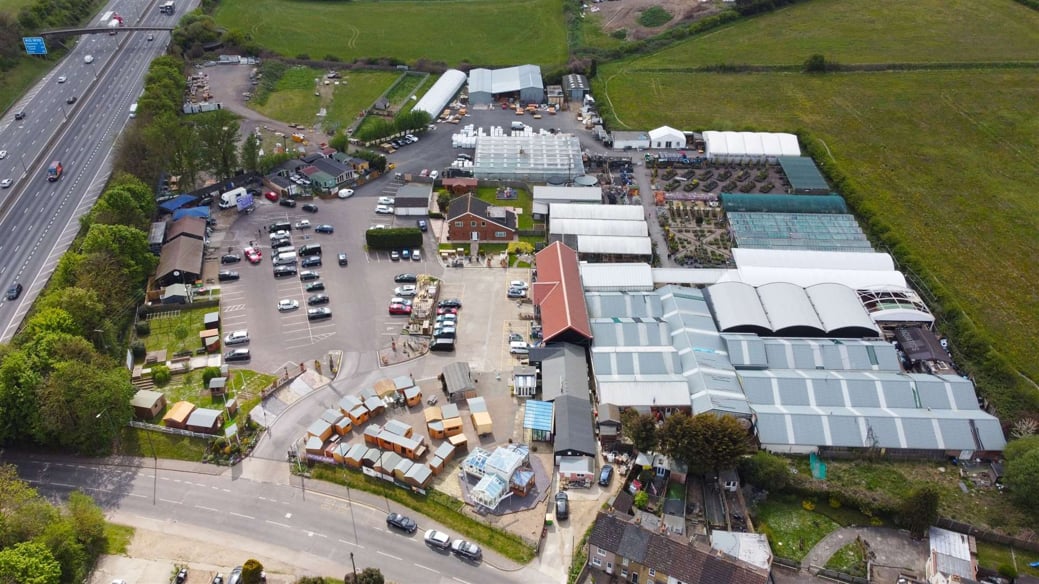Reimagining the Skyline: The Unique Charm of Loft Conversions in Dartford’s Sutton-at-Hone and Hawley
Tucked between rolling Kentish countryside and the energetic pull of Dartford Sutton-at-Hone and Hawley offer an architectural storybook unlike any other. With 19th-century farm cottages, mid-century semis, and quirky Victorian terraces lining the lanes, the area holds an untapped secret above many homes — the loft.
In recent years, a subtle upward shift has begun in these twin villages. No, not population growth — loft conversions. Homeowners here aren’t just creating new rooms; they’re redefining rural-suburban living from the top down. But why are more residents in Sutton-at-Hone and Hawley choosing to expand upwards, and what makes loft conversions here so uniquely rewarding — and uniquely challenging?
Let’s take you above the ceiling boards and into the rafters of a movement reshaping these communities, one attic at a time.
Beyond Bricks and Beams: Why Sutton-at-Hone and Hawley Are Perfect for Loft Conversions
While many Kentish towns offer development potential, Sutton-at-Hone and Hawley provide a rare blend of village charm and structural opportunity. With housing stock ranging from 1930s chalet bungalows to Edwardian cottages with steeply pitched roofs, many homes here already lend themselves naturally to loft expansions.
But what truly sets the area apart is its quiet spatial generosity. Unlike dense urban settings, here, homes often sit on wider plots with fewer overlooking issues, making dormer windows and rear-facing roof extensions a feasible reality without aggressive battles with planning departments.
Pair that with the increasing demand for multi-functional, biophilic spaces — such as writing studios with skylights, yoga lofts that peer out across the Darenth Valley, or guest bedrooms for multi-generational households — and you’ve got the perfect canvas for creative vertical living.
The Localised Aesthetic: Designing for the Dartford Vernacular
A loft conversion in Sutton-at-Hone or Hawley isn’t just about extra floor space — it’s about architectural symbiosis. Adding a boxy dormer to a 17th-century timber-framed house? That’s a hard no. But using handmade clay tiles, timber cladding, and gabled designs in tune with local history? That’s where conversions here shine.
The best local architects understand that rooflines are sacred. Integrating conservation-style rooflights or incorporating small Juliet balconies on rear-facing dormers helps preserve the soft, historical rhythms of the skyline. Whether you’re working with a converted forge or a 1960s infill house, contextual design isn’t optional — it’s expected.
Planning Permission: A Nuanced Game of Chess
Here’s where things get especially unique. While many loft conversions in England fall under Permitted Development Rights, the Sutton-at-Hone and Hawley planning context is dotted with nuances:
- Article 4 Directions: Some properties within conservation-like zones (especially near St. John the Baptist Church or the River Darent corridor) may be subject to restrictions.
- Protected Views: Any loft development that risks disturbing distant sightlines toward Lullingstone Park or the North Downs might trigger scrutiny.
- Local Character Assessments: Dartford Borough Council places value on “village character”, meaning designs must demonstrate visual harmony with the surroundings.
Translation? You need more than a template. You need hyper-local insight and an architect who doesn’t just draw — but understands the village narrative.
Creative Possibilities: Not Just a Bedroom in the Rafters
In Sutton-at-Hone and Hawley, homeowners aren’t converting lofts just to “add a spare bedroom.” They’re creating experiences.
- Rafter Libraries: Some are turning their attics into top-floor libraries with reading nooks tucked under dormers.
- Green Studios: Others are installing rooflights and solar-powered blinds to create eco-conscious artist studios, inspired by the surrounding fields.
- Multi-Zone Living: Split-level lofts that combine a small ensuite with an office alcove are ideal for remote professionals seeking privacy without leaving the house.
These conversions are not afterthoughts — they are bespoke living elevations, reflecting the lifestyle aspirations of Dartford’s new wave of rural creatives.
Construction Challenges: When the Countryside Gets Complicated
Loft conversions here come with their own set of structural quirks. Some homes rest on older timber joists not designed for modern loading. Others might face ridge height limitations due to shallow roof pitches.
Then there’s the wildcard: bats. Sutton-at-Hone’s proximity to rural corridors means that some homes require ecological surveys before loft work begins, especially during summer months.
Finding a builder who understands both traditional roofing structures and modern insulation regs (such as Part L and the latest SAP requirements) is key. Bonus points if they’ve already worked on homes along Main Road, School Lane, or Hawley Road — they’ll know which properties surprise you with crumbling chimney stacks or hidden water tanks from 1964.
Adding Real Value (Financial and Emotional)
According to local property data, loft conversions in Sutton-at-Hone and Hawley can increase home value by up to 20%, particularly when they add an additional bedroom with ensuite. But the real value? It’s emotional.
You’re not just converting a loft — you’re elevating your daily life. You’re waking up to birdsong filtering through Velux windows, watching mist rise from the Darent at sunrise, or finally having a personal space that feels above the world but anchored in home.
Final Thoughts: Elevate Without Leaving
In Sutton-at-Hone and Hawley, loft conversions are more than a construction trend — they’re a love letter to staying put. In a time when people are priced out of larger homes or lured into city-centre chaos, residents here are choosing to grow upwards, not outwards.
With the right blend of local awareness, thoughtful design, and expert execution, your dusty attic could become your home’s most beautiful, soulful space. So before you think about moving, consider this: the best room in your house might already exist it just hasn’t been built yet.



No responses yet